This article is based on Dave Steer’s enlightening talk at the Product Marketing Summit in San Francisco. Dive into the complete recording here.
Let’s talk about something that’s probably on everyone’s mind right now: the future of AI and product marketing.
First, a little intro. I’m Dave, and I lead the brand and product marketing team at GitLab. In case you’re unfamiliar with it, GitLab is what we call a DevSecOps platform. Essentially, it brings developers, security teams, and operations together in one place so they can collaborate at scale and ship better, more secure software faster.
Today, we’re diving into a topic that’s connected to what we do at GitLab but extends far beyond it. It’s a conversation about AI – both the promise and the pitfalls.
This isn’t about cheerleading for AI adoption or sounding the alarm about its risks. It’s about holding both perspectives at the same time. We’ll explore current trends, look at new data, and discuss practical use cases. By the end of this, I promise you’ll walk away with actionable tips for experimenting with AI back at work.
Two aha moments with AI
Let me start with two “aha” moments I’ve had with AI in the past year. You know those moments when the light bulb goes off, and you suddenly see both the potential and the challenges of something?
Aha moment #1: Integrating AI into product marketing workflows
The first moment ties back to GitLab. Over the past two years, my team and I have been working on bringing what we call GitLab Duo to market. GitLab Duo is essentially our suite of AI tools integrated across the software development lifecycle, giving engineers end-to-end workflows powered by AI.
The “aha” for me was this: if we’re doing this for engineers, why aren’t we doing it for product marketers too? Think about it – what if we could integrate AI into every part of our product marketing workflows? There’s a lot of potential there, but it also requires careful thought.
Aha moment #2: Learning sales negotiation from a robot
My second “aha” moment happened when I learned sales negotiation skills from AI. Here’s the story: about a year ago, when AI hype was at its peak, I came across a site called More Useful Things. It’s run by a Wharton professor who teaches MBA concepts like sales negotiation and case studies using AI.
The resource library includes a set of prompts anyone can use. One of them caught my eye: a role-playing scenario where the AI acts as both mentor and customer. The idea is to practice selling by interacting with the AI as if it were your buyer.
I decided to tweak the prompt. I set the stage as if I were a GitLab seller pitching our DevSecOps platform to a C-level executive. Within minutes, I was deep into a back-and-forth roleplay with the AI.
Here’s what blew my mind: the AI wasn’t just playing along. It stress-tested my discovery questions, even though I’m the one who writes them. It challenged my objection-handling techniques.
At one point, it even paused the scenario and said, “Hey, Dave, here’s something you could improve.” Imagine that – a robot teaching me about my own messaging and positioning. And it was right!
That experience hooked me instantly. My big takeaway? AI is going to change everything. It’s not just a tool; it’s a game-changer for how we learn, work, and refine our craft.
Will AI affect our jobs? Spoiler: Yes, it will
If you’ve ever wondered whether AI will affect your job, here’s the spoiler: AI is going to impact all of our jobs. Wharton’s research examining over 1,000 professions revealed that only 3.5% of them don’t overlap with AI capabilities.
Professions like dancing and bricklaying might seem safe, but even those are subject to AI’s influence – think about how dance coaches or construction project managers could integrate AI into their roles.
So, the real question isn’t “Will AI impact my job?” but “How will AI impact my job?” For product marketers specifically, it’s worth considering how our roles will evolve and how we can use AI to eliminate mundane tasks and focus on strategic opportunities.
AI isn’t the first assistive technology to transform the way we work. Look back at how power tools revolutionized carpentry – they didn’t eliminate carpenters; they made them more efficient, enabling them to tackle more ambitious projects.
Similarly, spreadsheets didn’t replace accountants; they freed them up to focus on complex, strategic financial decisions. Digital cameras didn’t eliminate photographers; they encouraged creativity and experimentation by removing the need to develop film.
The same is true for product marketing. AI isn’t going to replace product marketers – but it will push us to rethink what parts of our jobs can be automated so we can spend more time on strategic, high-impact work.
The rise of AI in marketing
Here’s the good news: almost all of us are already using AI.
In a recent survey I conducted in partnership with PMA, an astounding 96% of marketers said they’re currently using AI tools in their roles. Even more interesting, 60% of respondents only started using AI in the past year, and 83% plan to increase their use of AI in the next 12 months.
In short, we’re all fairly new to this, but we’re diving in headfirst. And the data suggests we’re pushing through the traditional hype cycle faster than ever.
While this isn’t an official Gartner hype cycle, it’s a useful framework to understand where we stand with AI. The “innovation trigger” kicked off just a couple of years ago with the launch of ChatGPT. Almost overnight, every company seemed to claim they were “powered by AI,” and the hype hit its peak.
But now, we’re moving past inflated expectations and transitioning into the “slope of enlightenment.” This is where careful testing of use cases leads to meaningful integration, eventually bringing us to the “plateau of productivity.”
Another study by McKinsey highlights that AI is being adopted across more business functions than ever before. Nearly half of companies report using AI in two or more functions, with sales and marketing leading the way.
For product marketing teams, this means we’re at the forefront of AI adoption – collaborating with sales to innovate, experiment, and define best practices. AI isn’t just a passing trend; it’s here to stay, and it’s reshaping how we work for the better.
What's driving the acceleration of AI adoption?
So, what’s behind the rapid adoption of AI? Why are we all jumping on board? While there are several reasons, I believe one key factor is that AI is helping address one of the biggest challenges product marketers face: the product marketing ratio problem.
If you’re a product marketer, you’ve probably felt this – the delicate balance between the number of product marketers (PMMs) and product managers (PMs). Get the ratio right, and you can achieve work-life balance while delivering a big impact. Get it wrong, and you’re constantly playing catch-up.
But what is the “right” ratio? A study of the top 100 software companies looked at the top-performing quartile and found the ideal ratio was one PMM for every 1.6 PMs.
Now, be honest – is the ratio of PMMs to PMs even close to that at your company?
Yeah, that’s what I thought.
Product marketing is a critical, strategic function, but too often we’re stuck playing catch-up. That means we risk being seen internally as what my friend Liza Adams calls the “master of the battlecard” or the “creator of the customer deck.” These are important deliverables, but they’re not the essence of what we do as product marketers.
Enter the 10x PMM
Here’s the good news: AI has the potential to transform us into what I call the 10x PMM.





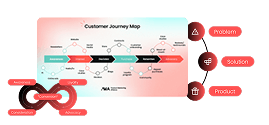



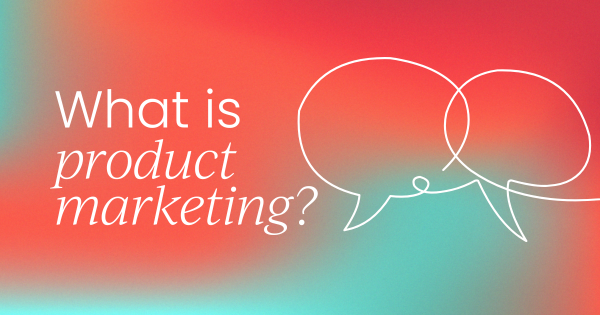
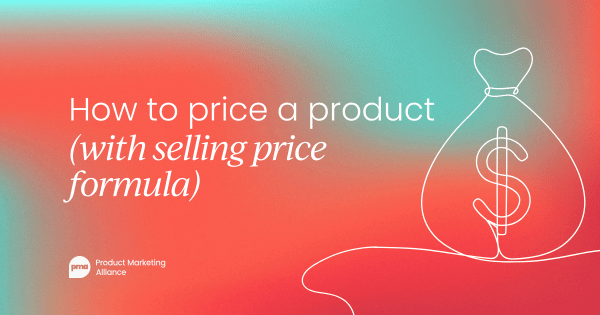
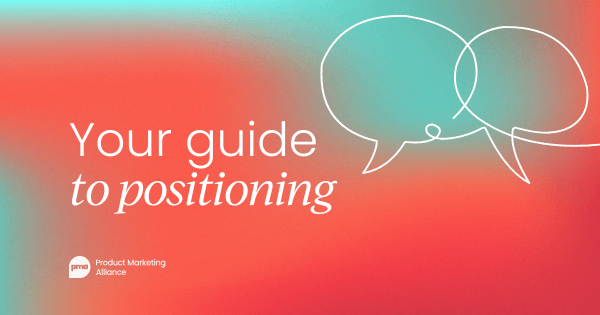
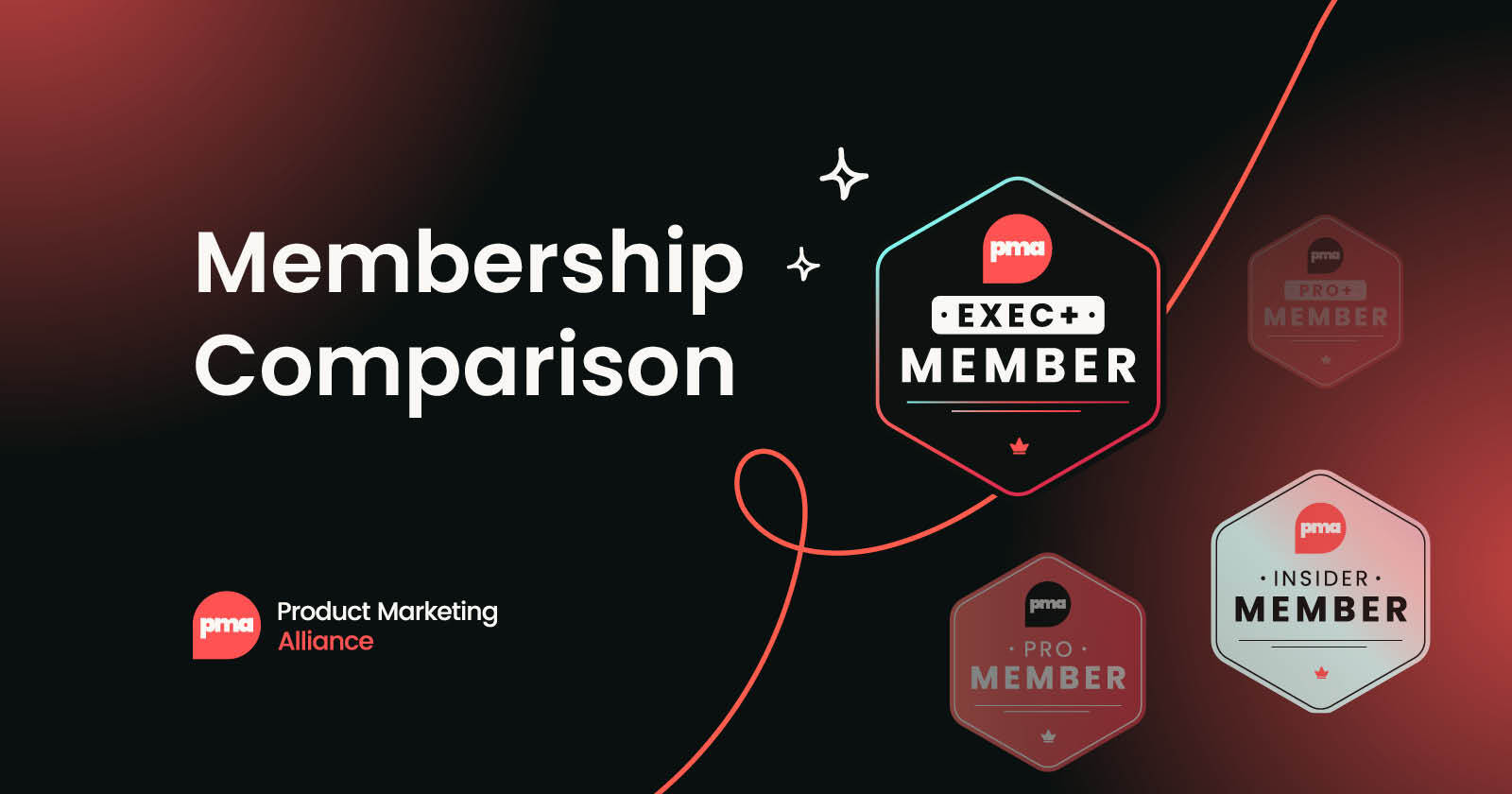
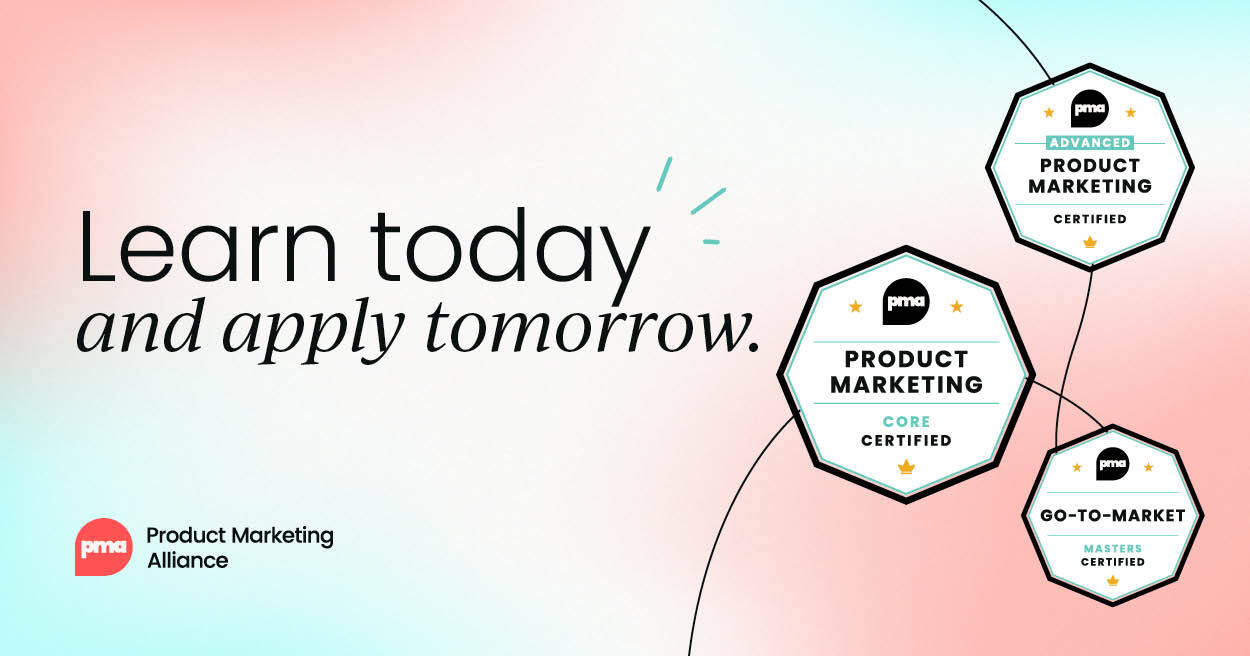
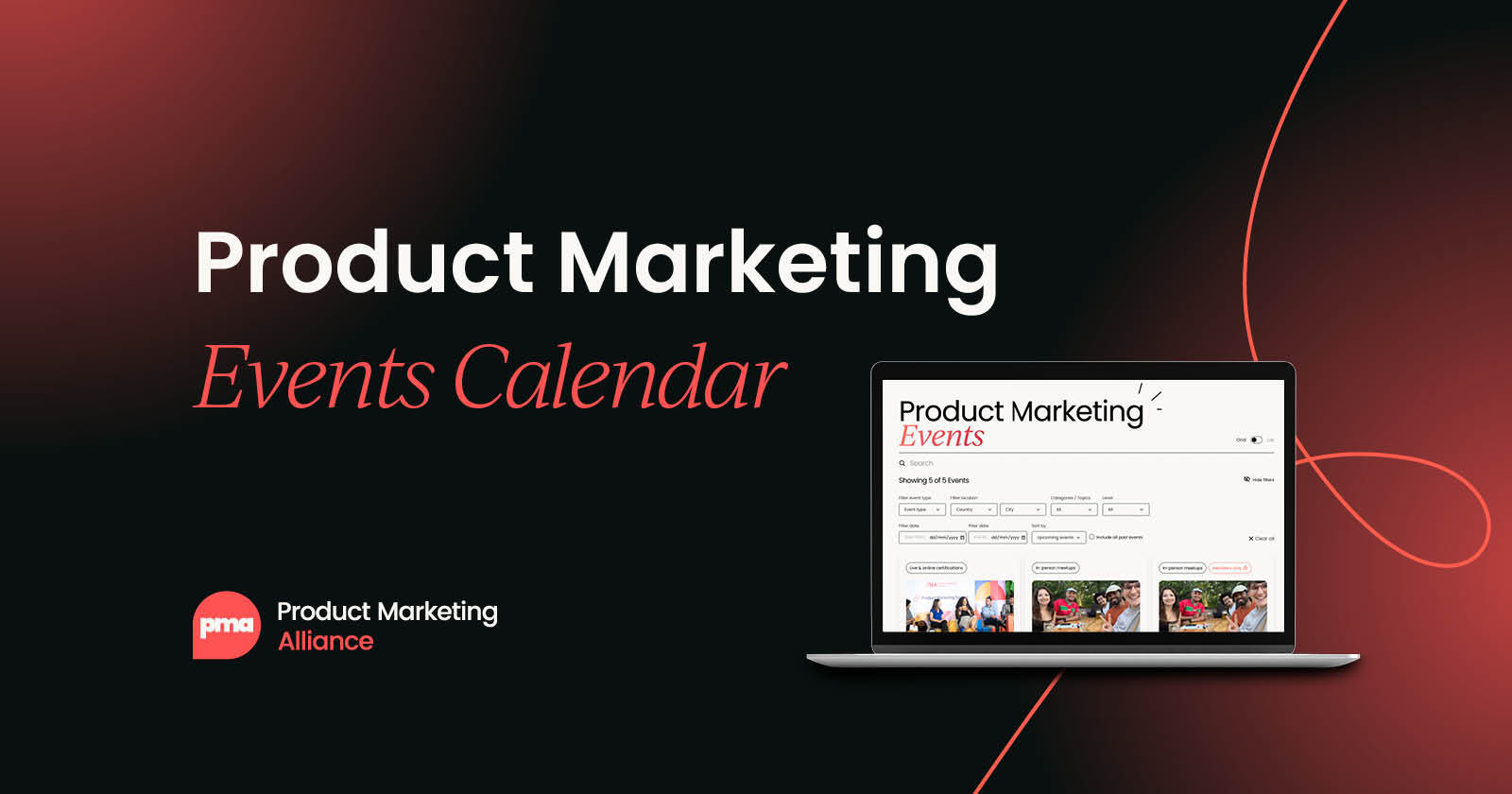
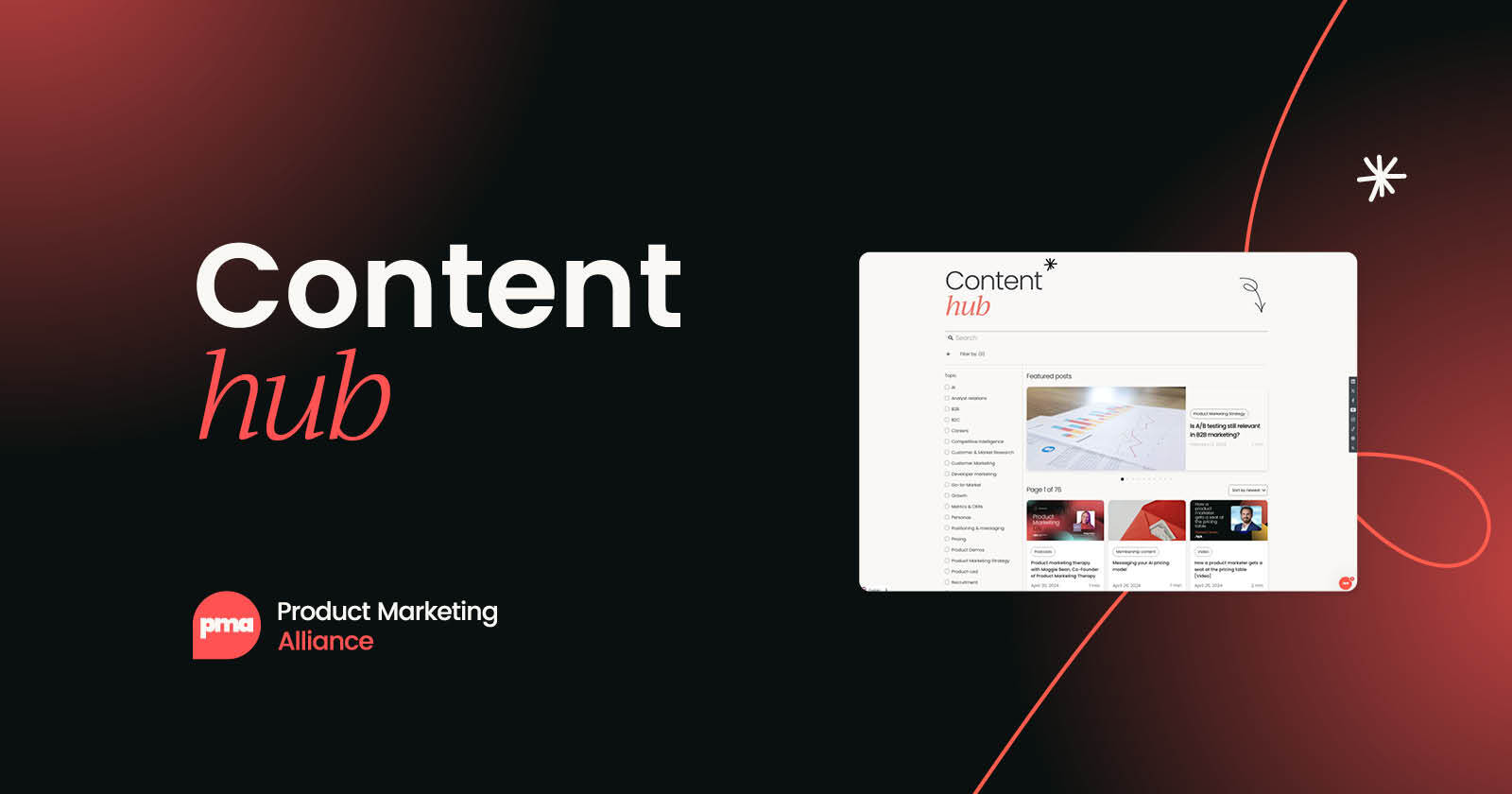

 Follow us on LinkedIn
Follow us on LinkedIn


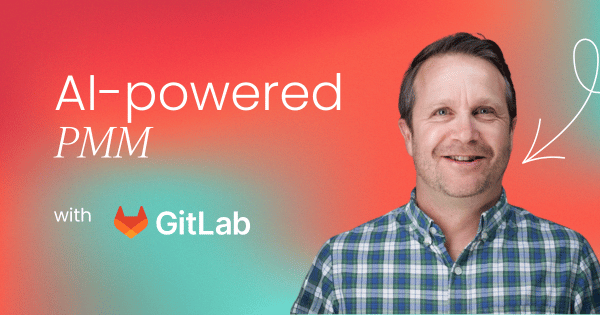


.svg)